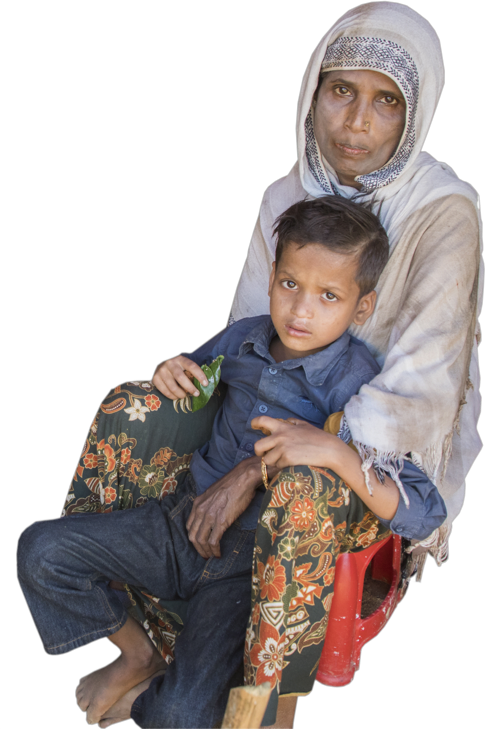Yemen
Yemen is the world's largest hunger crisis, and conflict is the key
driver. Over 20 million Yemenis — that's 70% of the country's
population — don't know where their next meal is coming from.
Over 200,000 are now on the brink of famine, and 3.2 million women and
children need urgent treatment for acute malnutrition.
Syria
More than nine years of war in Syria have pushed a record 9.3 million Syrians to extreme levels of hunger and poverty. More than 6.2 million are displaced inside the country and another 5.6 million have fled to neighboring countries. Syrian children have born the brunt of the war's effects and more than 1.7 million of them are out of school.
The Sahel
The Central Sahel - comprised of Burkina Faso, Mali and Niger - faces a deadly combination of conflict and climate change. Right now, more than 7 million people are dangerously hungry, and that figure could double in a few months. The number of displaced people has risen 258% - to nearly 1.6M - in less than a year.
Nigeria
Conflict in Nigeria is affecting the lives and livelihoods of millions of people.
Nearly 9 million people are facing severe levels of hunger, including over 1 million children under 5 who are acutely malnourished.
Violence and insecurity are wreaking havoc on an already crumbling economy.
Nigeria houses more extremely poor people than any other country in the world at 90 million with another 10 million on the horizon due to instability.
The Democratic Republic of the Congo (DRC)
Due to armed conflict and widespread displacement, the DRC is on track to surpass Yemen as the world's worst hunger crisis.
Decades of civil war have left millions dead or displaced.
The number of severely hungry people has skyrocketed from 13M last year to nearly 22M today because of this toxic mix.
South Sudan
Humanitarian intervention has prevented famine from sweeping across
the entire country of South Sudan — but more than
7 million
people, half the population, are severely food insecure after years of
violence, instability and civil war.
 SHARE
SHARE
LEARN MORE
SHARE
SHARE
LEARN MORE







